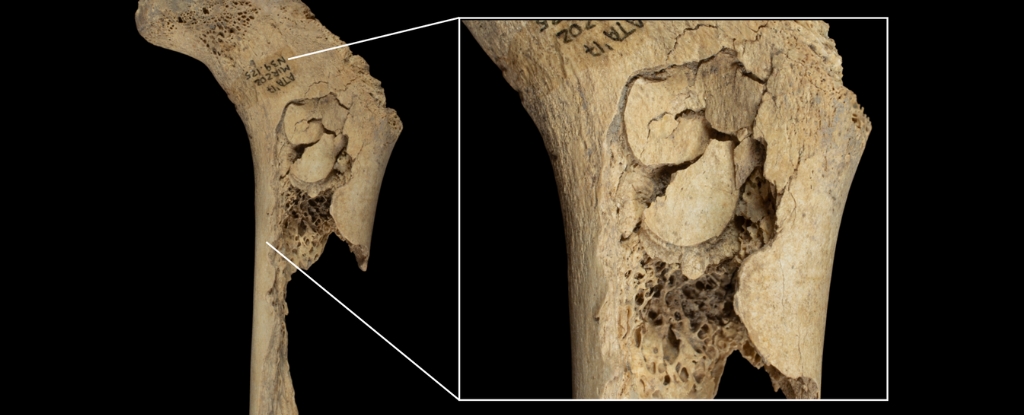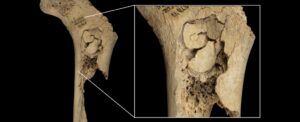
New archaeological evidence from the Iberian Peninsula suggests that humans engaged in cannibalism during the late Neolithic period, specifically within the confines of El Mirador cave in Sierra de Atapuerca, Spain. Analysis of human bones dating back approximately 5,709 to 5,573 years indicates that at least 11 individuals, including children and adolescents, were subjected to a horrific series of acts including skinning, defleshing, and cooking. This discovery points to a possible instance of social violence rather than a habitual practice among the community.
The findings were presented by a team of researchers, led by paleoecologist Palmira Saladié from the Catalan Institute of Human Paleoecology and Social Evolution (IPHES). According to Saladié, the evidence indicates a unique case of cannibalism at the Atapuerca sites, which has historically been a subject of fascination for anthropologists. She notes, “Cannibalism is one of the most complex behaviors to interpret, due to the inherent difficulty of understanding the act of humans consuming other humans.”
The research discovered an assemblage of 650 individual fragments of human bones that showed signs of processing post-mortem. This processing included various alterations such as ‘pot-polishing’, discoloration associated with cremation, and cut marks indicating dismemberment and evisceration. Some bones bore evidence of gnawing consistent with human teeth, suggesting cannibalism was not merely a cultural practice but possibly a response to conflict.
Context of Cannibalism in Prehistoric Societies
Radiocarbon dating revealed that all the individuals consumed were likely butchered and eaten within a short time frame, hinting at a singular, violent event rather than a prolonged period of cannibalism. Strontium isotope analysis indicated that those who were consumed were local to the area. Francesc Marginedas, an evolutionary anthropologist at IPHES, stated, “This was neither a funerary tradition nor a response to extreme famine. The evidence points to a violent episode, given how quickly it all took place – possibly the result of conflict between neighboring farming communities.”
The implications of this discovery are significant, shedding light on the potential motivations behind such extreme behaviors in prehistoric societies. Researchers suggest that the incident may have served as a demonstration of social control or dominance amid inter-group violence. Antonio Rodríguez-Hidalgo, an archaeozoologist at IPHES, explained, “Conflict and the development of strategies to manage and prevent it are part of human nature.”
Evidence of widespread violence during the Neolithic period in the Iberian Peninsula has been accumulating, with conflicts likely arising from territorial disputes and competition for resources as populations increased. The findings in El Mirador cave contribute to a broader understanding of how cannibalism may have fit into the landscape of violence at that time, serving as an extreme measure to assert dominance over rivals.
Understanding Cannibalism’s Role in Human History
The recurrence of cannibalistic practices throughout different periods in history highlights a complex relationship between humans and their cultural interpretations of death. Saladié emphasizes that El Mirador is a crucial site for understanding prehistoric human cannibalism, its connections to death, and the cultural significance of the human body in the communities that existed then.
This research, published in Scientific Reports, not only reveals a disturbing aspect of human behavior during the late Neolithic but also invites a reevaluation of how such practices are perceived in the context of social dynamics and survival strategies in early human societies. As the study continues to unfold, it offers a deeper insight into the multifaceted nature of human interactions in ancient times.







